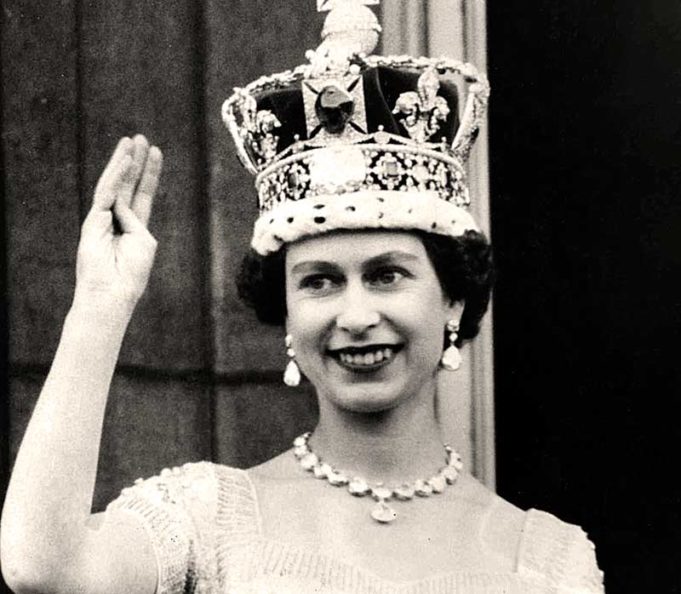UK National Media Museum / Wikimedia Commons / CC-BY-SA-3.0 / GFDL
1 – Coronation of Britain’s Queen Elizabeth II
The coronation of Queen Elizabeth II as monarch of the United Kingdom, Canada, Australia, New Zealand, the Union of South Africa, Pakistan, and Ceylon took place on 2 June 1953.
Elizabeth ascended the throne at the age of 25, upon the death of her father, King George VI, on 6 February 1952, and was proclaimed queen by her various privy and executive councils shortly afterward.
The coronation took place more than a year later because of the tradition that holding such a festival is inappropriate during the period of mourning that follows the death of a monarch.
In the ceremony itself, at Westminster Abbey, Elizabeth swore an oath to uphold the law and govern the Church of England.
It was the first coronation to be televised in the United Kingdom.
In 2015, she surpassed the reign of Queen Victoria, to become the longest-reigning British monarch and female head of state in world history.
2 – US Explodes First Thermonuclear Bomb
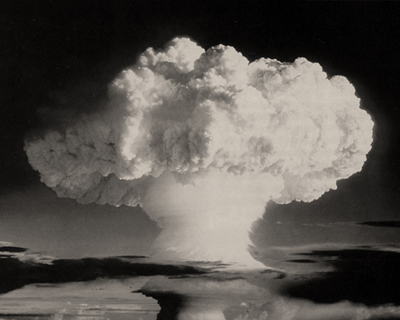
Ivy Mike was the codename given to the first test of a full-scale thermonuclear device, in which part of the explosive yield comes from nuclear fusion.
It was detonated on November 1, 1952, by the United States on Enewetak Atoll in the Pacific Ocean, as part of Operation Ivy.
Due to its physical size and fusion fuel type, the Mike device was not suitable for use as a weapon.
It was intended as an extremely conservative proof of concept experiment to validate the concepts used for multi-megaton detonations
The fireball created by the explosion had a maximum radius of up to 3.28 km. The mushroom cloud rose to an altitude of 57,000 feet in less than 90 seconds.
One minute later it had reached 108,000 feet, before stabilizing at 136,000 feet with the top eventually spreading out to a diameter of 161 km with a stem 32 km wide.
The blast created a crater 1.9 km in diameter and 164 feet deep where Elugelab had once been.
The blast and water waves (some up to twenty feet high) from the explosion stripped the test islands clean of vegetation.
3 – The Great Smog in London
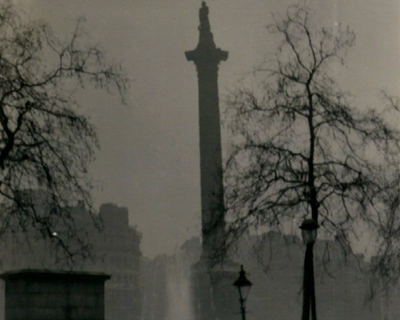
The Great Smog was a severe air-pollution event that affected London during December 1952.
A period of cold weather, combined with windless conditions, airborne pollutants, mostly arising from the use of coal, formed a thick layer of smog over the city.
It lasted from Friday 5 December to Tuesday 9 December 1952 and then dispersed quickly once the weather changed.
Although it caused major disruption due to impaired visibility and even penetrated indoor areas, it was not thought to be a significant event at the time.
Government medical reports in the following weeks estimated that up until 8 December 4,000 people had died prematurely and 100,000 more fell ill due to the smog’s effect on the human respiratory tract.
Recent research suggests that the total number of fatalities was considerably greater, at about 12,000.
The Great Smog is known to be the worst air-pollution event in the history of the United Kingdom, and the most influential for environmental research, government regulation, and public awareness of the relationship between air quality and health.
It led to several changes in practices and regulations, including the Clean Air Act 1956.
4 – Military Coup Led by General Fulgencio Batista in Cuba
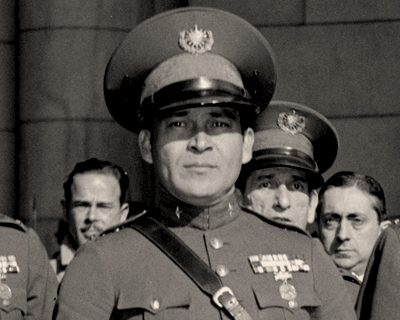
On March 10, 1952, three months before the Cuban presidential election, Batista, with army backing, staged a coup and seized power.
He ousted outgoing President Carlos Prío Socarrás, canceled the elections, and took control of the government as “provisional president.”
Shortly after the coup, the United States government recognized his government.
Batista’s increasingly corrupt and repressive government began to systematically profit from the exploitation of Cuba’s commercial interests.
It negotiated lucrative relationships with the American mafia, who controlled the drug, gambling, and prostitution businesses in Havana.
Large US-based multinationals were also awarded lucrative contracts.
These corrupt actions led to revolutionary feelings growing within the country, and, eventually, Fidel Castro’s July 26 Movement, in 1959.
5 – Che Guevara Sets Out on his ‘Motorcycle Diaries’ Trip
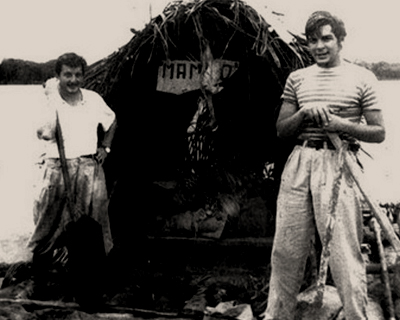
The Motorcycle Diaries is a memoir that traces the early travels of Marxist revolutionary Ernesto “Che” Guevara, then a 23-year-old medical student, and his friend Alberto Granado, a 29-year-old biochemist.
Leaving Buenos Aires, Argentina, in January 1952 on the back of an old motorbike, they desired to explore South America they only knew from books.
During his journey, Guevara is transformed by witnessing the social injustices of exploited mine workers, persecuted communists, ostracized lepers, and the tattered descendants of a once-great Inca civilization.
By the journey’s end, they had traveled for a symbolic nine months by all modes of transport, covering more than 8,000 kilometers.
The diary ends with a declaration by Guevara, born into an upper-middle-class family, displaying his willingness to fight and die for the cause of the poor, and his dream of seeing a united Latin America.
In total, the journey took Guevara through Argentina, Chile, Peru, Ecuador, Colombia, Venezuela, Panama, and Miami, before returning home to Buenos Aires.
The book has been described as a classic coming-of-age story, both political and personal. The Motorcycle Diaries has been a New York Times bestseller several times.
6 – King Farouk of Egypt is Ousted by a Military Coup
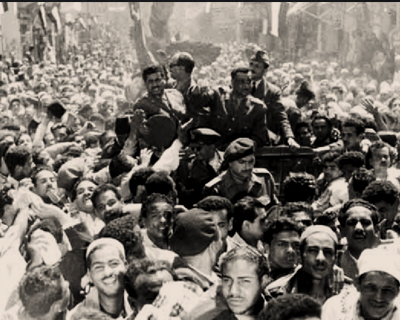
The Egyptian revolution of 1952 began on 23 July 1952, by the Free Officers Movement, a group of army officers led by Muhammad Naguib and Gamal Abdel Nasser. The revolution was initially aimed at overthrowing King Faruq.
However, the movement had more political ambitions and soon moved to abolish the constitutional monarchy and aristocracy of Egypt and Sudan, establish a republic, end the British occupation of the country.
It also secured the independence of Sudan (previously governed as an Anglo-Egyptian condominium).
The revolutionary government adopted a staunchly nationalist, anti-imperialist agenda, which came to be expressed chiefly through Arab nationalism, and international non-alignment.
The revolution is commemorated each year on Egypt’s national day, Revolution Day, on 23 July.
The early successes of the revolution encouraged numerous other nationalist movements in other Arab, and African countries, such as Algeria and Kenya, where there were anti-colonial rebellions against European empires.
7 – Jonas Salk Develops the First Polio Vaccine
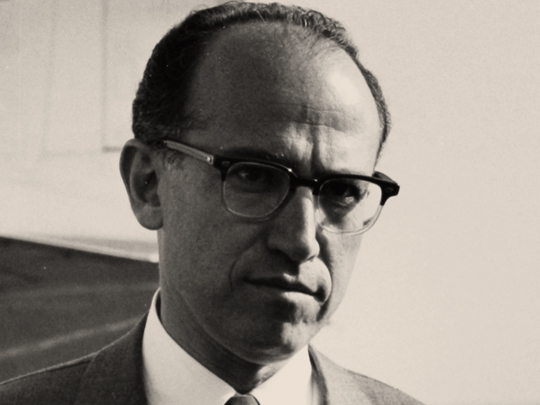
Jonas Salk discovered and developed one of the first successful polio vaccines. On July 2, 1952, assisted by the staff at the D.T. Watson Home for Crippled Children, Jonas Salk injected 43 children with his killed-virus vaccine.
In November 1953, at a conference in New York’s Waldorf-Astoria Hotel, he said, “I will be personally responsible for the vaccine.”
He announced that his wife and three sons had been among the first volunteers to be inoculated with his vaccine. Salk tested the vaccine on about one million children, who were known as the polio pioneers.
The vaccine was announced as safe on April 12, 1955.
Until 1955, when the Salk vaccine was introduced, polio was considered one of the most frightening public health problems in the world.
The 1952 United States epidemic was the worst outbreak in the nation’s history.
Out of nearly 58,000 cases reported that year, 3,145 people died and 21,269 were left with mild to disabling paralysis, with most victims being children.
Salk campaigned for mandatory vaccination, claiming that public health should be considered a “moral commitment.”
His sole focus had been to develop a safe and effective vaccine as rapidly as possible, with no interest in personal profit.
On May 6, 1985, U.S. President Ronald Reagan proclaimed that day to be “Jonas Salk Day”.


